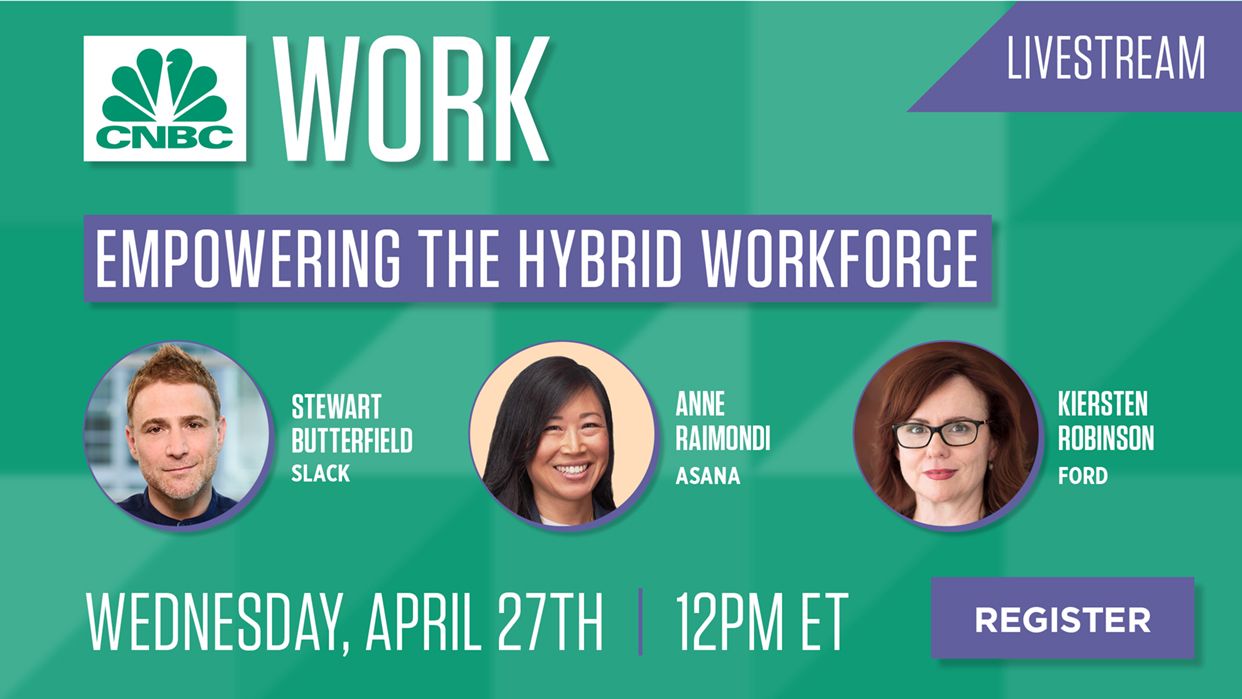The war in Ukraine and its impact on energy supply chains and prices across the globe reminded politicians and financiers of the immediate need for energy security. JPMorgan Chairman and CEO Jamie Dimon urged the administration to formulate a "Marshall Plan" for investment that would guarantee these goals for the U.S. and Europe.
But what might that investment look like? And does it have to come at the expense of the longer-term transition toward clean energy, which has only in recent years garnered significant momentum from Wall Street?
Dimon said in his annual letter to shareholders, "...we need to secure proper energy supplies immediately for the next few years, which can be done while reducing CO2 emissions."
We were curious whether the dynamic was impacting the way energy funds were being deployed. So we turned to Olivia Wassenaar, who runs sustainable investing and co-leads natural resources at Apollo Global. About 60 percent of Apollo's natural resources strategy is now focused on the energy transition. Her team has invested $19 billion in the energy transition and decarbonization and has committed $50 billion more over the next five years.
Wassenaar said the question – about the tug between short-term energy security even if it means relying on fossil fuels versus long-term cleaner technologies – is relevant to "everything we're seeing today." She said, "everything that's going on has made us all realize that we do need to speed up the transition."
"And yet, in many ways, it still feels like we're at ground zero," Wassenaar said.
The International Renewable Energy Agency estimates that the energy transition will require investments of about $131 trillion by 2050 to meet carbon goals to halt global warming. It's a huge sum of capital, representing about $4 trillion per year, and now some are wondering whether the rebound in traditional energy sources is diverting capital away that otherwise would have furthered these goals.
In 2020, energy was the worst-performing sector as the pandemic blunted demand and prices moderated. But last year, it was the best performing-sector, and that's the case again this year.
As such, Wassenaar said private credit is going to play a big role here. She said there's been a "massive evolution," allowing some of the newer technologies to obtain financing. She said when she worked on her first solar deal back in 2008, she wasn't sure if she'd get financing on panels, but today, that's not the case, especially in areas like wind and solar, as well as biofuels, bioenergy and batteries.
Still, Wassenaar reiterated that this is very much a "transition," and therefore, they're not shunning traditional energy companies entirely, since there's innovation coming from that world as well. She gave the example of TOPS (stands for "Total Operations and Production Services"), which "helps oil and gas companies as they compress natural gas to emit less carbon."
From Wassenaar's vantage point, it doesn't appear that clean-energy finance is slowing down as a result of the war in Ukraine and sanctions on Russia. In fact, she thinks this proves that the transition needs to accelerate.







No comments:
Post a Comment